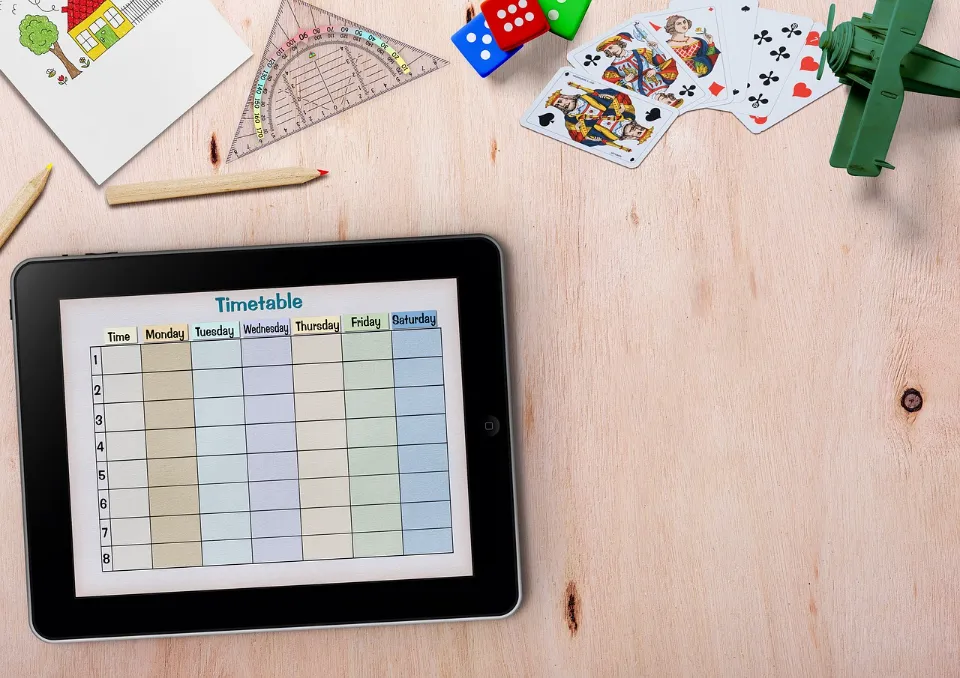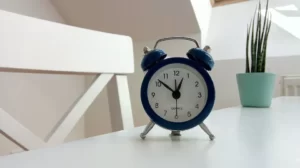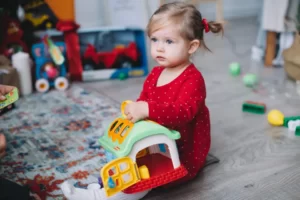
How is Learning Time Organized in the Classroom? Maximize the Learning Time
The following tactics can be used by teachers to maximize class time for instruction and reduce downtime.
It can be a challenge to meet all your teaching goals and each student’s needs during the course of a single day, which makes time management skills a key priority for educators. The amount of time lost in the classroom can add up to many minutes that could have been used for meaningful and productive routines and effective learning time.
By streamlining procedures and implementing a few other clever life hacks in the classroom, you can maximize your time spent with your students. These suggestions can assist you in organizing your classroom and streamlining your life if it needs an overhaul.
Read: Why is Time Management Important for Students?
Better Planning and Preparation
In order to maximize student learning time, effective planning and preparation are crucial. Too many educators fail to adequately prepare, leaving them with nothing to do in the waning moments of the lesson. Teachers should develop the habit of overplanning because doing too much is always preferable to doing too little. Furthermore, teachers must always have their materials organized and prepared before the arrival of the students.
Planning and preparation also involve practice, which is a crucial but frequently ignored aspect of these processes. Many educators omit this crucial component, but they should not. To ensure that the least amount of instructional time is lost, teachers can independently practice lessons and activities to iron out any kinks.

Use Technology Effectively to Save Time
Using technology wisely in your curriculum is one of the best ways to make the most of classroom instruction time. Since it’s impossible to clone ourselves and be everywhere for every student at once, technology can help lighten the load.
You can automate tasks like grading, making quizzes and rubrics, setting up interactive discussion boards, and giving students feedback with the aid of a learning management system (LMS). Many teachers use tools for storing, sharing, and collaborating on files. To help you avoid distractions, cut down on procrastination, and achieve your goals, there are numerous time-tracking and organizational apps available.
Here are the Best Noise Meters For Classroom.
Set Purposeful and Consistent Routines
It can get particularly chaotic when people arrive, leave, and transition. You can manage your day and make valuable time savings by creating clear routines and communicating your expectations.
Many teachers, including Brittany Mamphey and David Jamison, conduct warm check-ins by saying hello to students as they enter the classroom or by giving them a special greeting. This is also a useful way to determine whether a student appears unhappy or preoccupied. Mamphey advises students to practice transitions, such as lining up for lunch and recess, to make sure they go smoothly every time.
Eliminate “Free Time”
Most teachers give “free time” at some point during the school day. It is easy to do when we may not be feeling the best or we under-plan. But we are aware that when we give it, we are not wasting the valuable time we have with our students.

Our students love “free time”, but it is not what is best for them. Our goal as teachers is to impart knowledge. “Free time” runs directly counter to that mission.
Flip Your Classroom
Although it is not a novel idea, it is a useful time management tactic in the classroom. According to this teaching strategy, students spend time at home watching lectures and videos and researching the material, with class time being used for in-person, substantive interaction.
This allows students to spend an hour or more of “homework time” to absorb material at their own pace—which might otherwise take a valuable chunk of time out of the school day.
Give Clear and Concise Directions
A major component in teaching is providing your students with clear and concise directions. In other words, instructions should be as clear-cut, simple, and easy to follow as possible. A lesson can be stymied by unclear instructions, which can also quickly destabilize the classroom environment. This interferes with learning and robs teachers of crucial instructional time.
Good directions are given in multiple formats (i.e. verbal and written). Many teachers pick a small group of students to briefly summarize the instructions before letting them loose to begin the activity.
Use “Breakout Rooms”—in Real Life
When, for instance, each student steps to the front of the classroom to deliver a finished presentation, it may not always be necessary to demand that the entire group sit still and pay attention. If you have 30 students, this activity could easily take up several lessons!

When you need small groups to come together and work together to solve a problem, workshop their ideas, or share their work with their peers, breakout rooms work well over a webcam.
By dividing the class into smaller groups of four to five students, use the same technique when instructing in the class. Work with each group separately before coming back together as a whole. Then ask a volunteer from each breakout group to summarize what they learned and shared.
Assign Problems for Quality, Not Quantity
Do you really need to see 20 variations of the same math problem before you can tell if a student understands the concept? Instead, let students select five to ten of the problems on the page, then have you look over their solutions.
A page of drill-and-kill practice can be far less instructive than one rich, real-world problem, even if there is only one. Send them to a new task if they solved every issue.
Maintain Control of the Classroom Environment
Many teachers lose valuable instructional time because they have poor classroom management skills. The teacher has failed to gain control of the classroom environment and establish a relationship of mutual trust and respect with their students. These teachers are continuously having to redirect students and often spend more time correcting students than teaching them.
This is possibly the biggest obstacle to maximizing learning time. Effective classroom management is a skill that teachers must develop and maintain so that learning is valued, the teacher is respected, and rules and expectations are established and followed from day one.
Conclusion: Maximize Student Learning Time
Successful teachers establish policies and standards that cut down on unnecessary downtime and increase opportunities for active learning. Time wasted accumulates.
Courses that are organized well help students be motivated, perform well, and persevere. It is possible for instructors to create their courses in a variety of rich ways that will encourage student motivation and improve learning opportunities.


